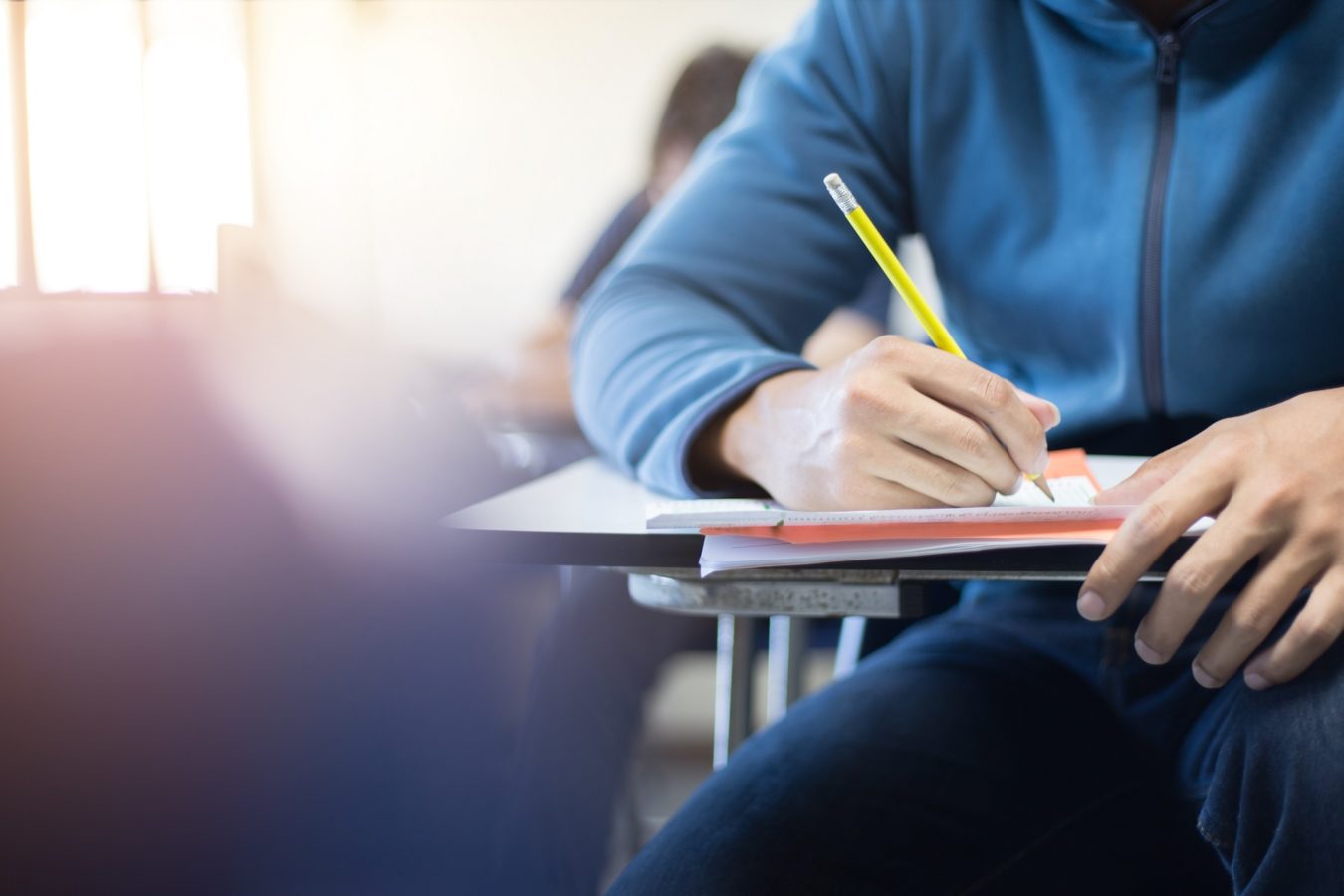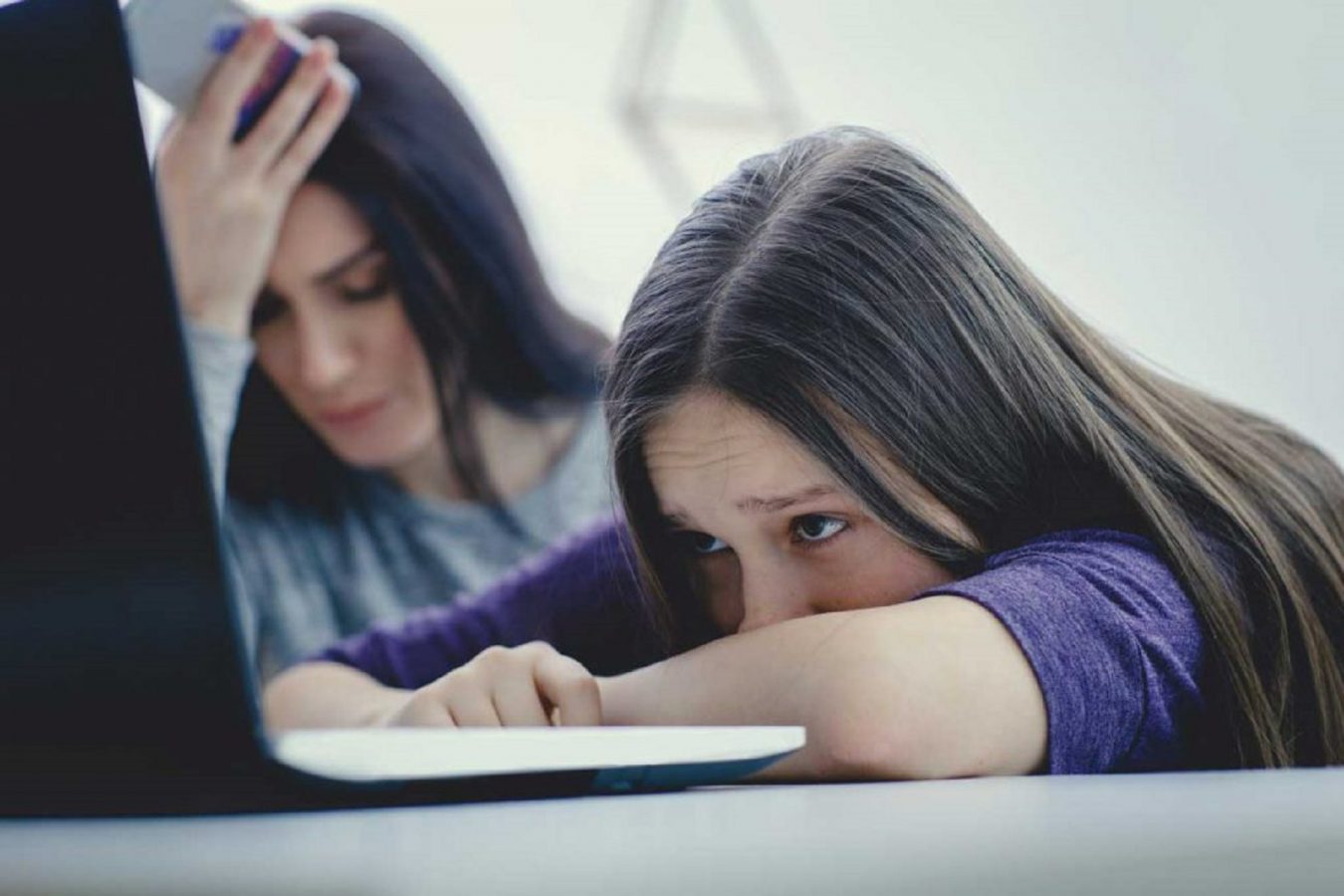
The return to the classroom might be challenging for some children. Peter Hanlon reports on how to support them.
Schools returning to the classroom has been a hot button topic of the coronavirus journey, prompting a debate among politicians, medical experts, education leaders, teachers and parents. Students are at the heart of the matter, and reintegration will pose far greater challenges for some than others.
Dannielle Miller, an expert in fostering resilience in teenagers, says young people who experience social anxiety may have found a calm in isolation, where interaction occurs remotely and their bedrooms have become a veritable cocoon. How they will cope when forced to leave the bubble concerns her.
‘I’ve heard a lot of discussion about how socially anxious kids are thriving during this period of isolation,’ Dannielle says. ‘Some may indeed be enjoying not having to face their fears. But I’m worried that this period will really set these young people back long-term when it comes to their capacity to deal with social situations.’
Kerri Rhodes, psychologist at Strathcona Girls Grammar, says there is no blanket emotion or feeling to describe how children with a range of mental health challenges will handle this time. For some, being isolated among family will be comforting. Yet learning via video, for example, might actually be more confronting than being in a classroom. Even the uncertainty around when school will return to ‘normal’ can be unsettling.
‘Then it’s a bit of a paradox – some young people who’ve previously had some attendance issues are wanting to go back to school,’ Kerri says. ‘It’s a bit of a mix is what I’m hearing and seeing.’
Dannielle notes that exposure – setting personal social challenges and conquering them – is a vital tool in managing social anxiety.
‘So it’s worth being cautious if there is a young person in your care who seems to be thriving at this stage, where they’re only required to learn and connect from their bedrooms. There’s a real risk here that we’ll have a generation of young people who retreat from the world, because they’ve been given permission to do that.’
Psychiatrists and psychologists support Dannielle’s fear that isolation could cause regression in their socially anxious patients. Remaining engaged and connected are crucial, and forming strategies around how best to tackle schooling in isolation, and the eventual return to ‘normal’ life.
One: Stretch psychologically
Encouraging small but regular moments that demand stepping outside their comfort zone – such as having young people get out of the house to exercise, or perhaps do the grocery shopping – can have great benefit.
‘They need these psychological stretches, or they’ll become entrenched – and it can’t just be a one-off, it has to be reinforced daily,’ says Dannielle, who has produced an online parent seminar around managing social connection. ‘What we know with social anxiety is that it tends to creep – if you feel socially anxious in one situation, it’s likely that feeling of anxiety will creep into other situations.’
Two: Communicate positively
Kerri Rhodes foresees a ‘new normal’ when students return to school, another adjustment for children who will already need support. With wellbeing a priority, she advocates clear messaging around the need to get back in the classroom, and a positive attitude to the transition.
‘But also remember to be quite realistic – there will be some bumps in the road, reaffirm to your child that it will work out, and you’re there to support them.’
Communication can extend to parents with concerns reaching out to their school before classroom teaching resumes. And to students being encouraged to contact their peers and talk about what they’re looking forward to, and feeling trepidation about.
‘I just encourage parents to make contact with schools, because they’ll be trying to create a feeling of community, rebuilding and connecting, which will be so important,’ Kerri says.
Three: Stick to routine
The temptation to have a lie-in or chip away at schoolwork while still wearing pyjamas can be strong for children who have no longer had to commute to school. Maintaining a school mindset can help to avoid a heavy landing when the school bell rings again.
Dannielle says having children who might retreat to their room with a meal or snack sit down to eat with other family members is a simple act that encourages socialisation. Kerri believes getting children back into a virtual school routine sooner rather than later will be beneficial.
‘If they’re going to bed late, sleeping in, eating at any old time, encouraging them to get back into a school mindset would be helpful.’
Four: Make a plan
Anxiety can come from overestimating perceived risk, and underestimating your ability to cope with that challenge. Drawing up a plan of how to tackle difficult situations once back at school can foster a sense of control and calm.
‘It could include having a safe space to go at school, or a teacher they can turn to for support,’ Kerri says. ‘Even a script, so they know what they have to say to a teacher if things get tricky.’
Like this post? You can share using the buttons on this page.
Subscribe

